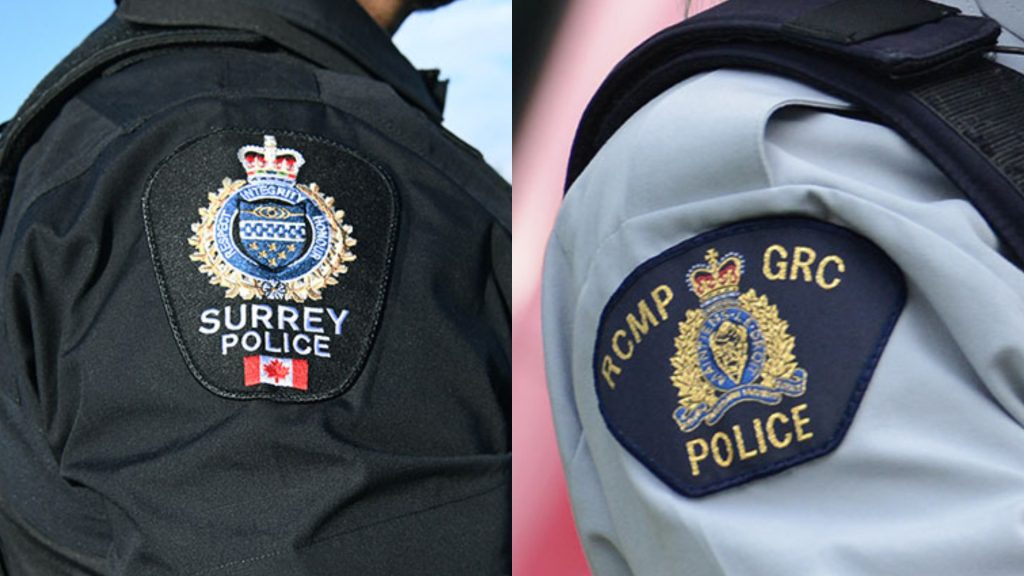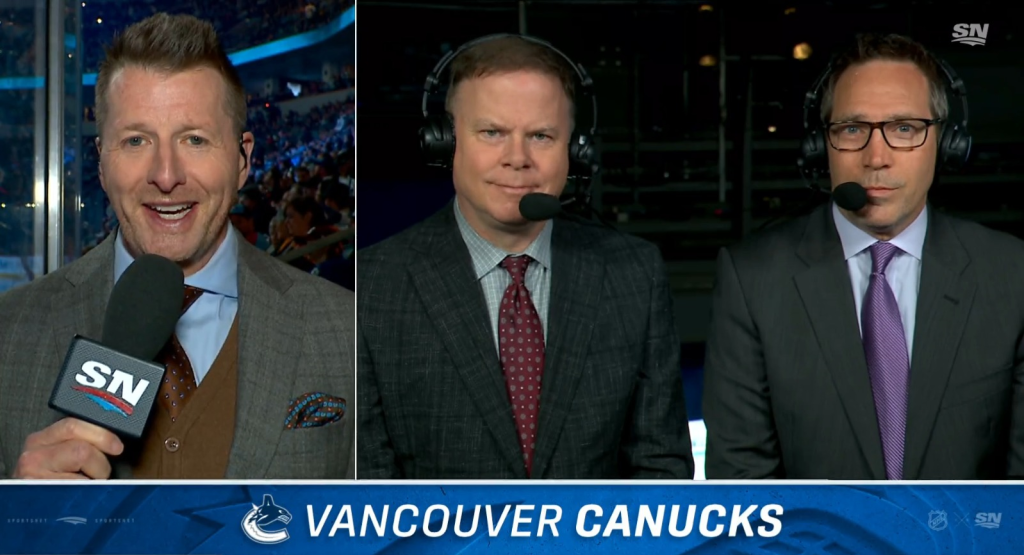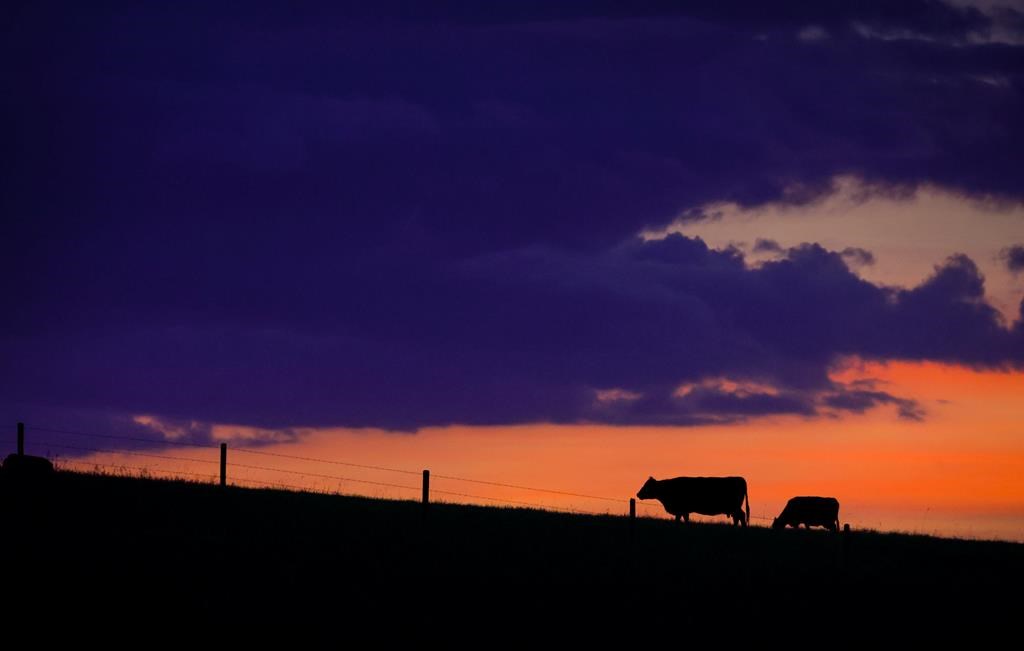In-class attendance expected at B.C. schools for all students in fall
Posted July 30, 2020 4:49 pm.
Last Updated July 30, 2020 4:54 pm.
VICTORIA (NEWS 1130) — All B.C. students are expected to attend schools in the fall, according to the B.C.’s minister of education.
But the return-to-school plan, unveiled Wednesday, doesn’t include a remote-learning option with teacher support, as there was in June, for parents who want to keep their children at home.
Getting back to in-class learning and away from remote learning is the goal for September, Education Minister Rob Fleming said Thursday.
But for those with medical exemptions, such as those who are immunocompromised, he added there are other options.
“For kids that need accommodation, it will be just like it was when we went back to school in June,” Fleming said. “That should be based on a family physician giving advice and working with the school community.”
Spoke to BC’s Education Min @rob_fleming today about return to school plan.
I asked if it’s mandatory. Essentially, yes. “No change from non-pandemic year.” Without medical note expected in-class (HS hybrid) or can enroll in distance/homeschooling.#bcpol #covid19 @NEWS1130 #bced— LizaYuzda (@LizaYuzda) July 30, 2020
He added parents wishing to pursue an alternative means of instruction for their children can still register in a home-school or distance-based-learning program.
Fleming understands the mandatory return to school is concerning for some, but is asking parents to enroll students for in-class instruction as usual and see what the plan is at their schools before making any other decisions.
“You’re going to hear more from that school community in the coming weeks about what it means at the specific school your child attends and the choice ultimately will continue to be with families about which options they wish to pursue,” he added.
“The choice, ultimately, will continue to be with families about what options they wish to pursue.”
RELATED: B.C. students to return to school full-time in September
Provincial Health Officer Dr. Bonnie Henry said Thursday she remains confident the plan for fall is safe for schools, despite objects from the B.C. Teachers’ Federation.
“Yes, this plan, and the details will be worked out on an individual basis, but the framework and the bones of it are what we need to have in place to make sure that it’s safe for children, and it’s safe for educators, and safe for staff, and, you know, that’s the whole aim here,” she added.
“We’ve looked at all of the other essential workers that we’ve had working over the past number of months, whether it’s healthcare workers, whether it’s our police services, our fire services, we have found ways to work safely and I expect that will happen in the schools, as well. We’ve had a good practice run in June, where we’ve learned a lot about what things can work and what things aren’t going to work. And that’s been what has helped us to develop this framework, as well as learning from other school settings from around the world.”
Q/ school return ppl with many kids and/or kids and teacher their cohorts are massive
Dr Henry: cohorts are not like bubbles. Keeping distance as much as possible. Mostly will be 1-2 classes together for young kids. HS who can mask &distance more leeway#bcpoli #covid19 @news1130— LizaYuzda (@LizaYuzda) July 30, 2020
Regarding families with multiple children in schools and who might be in different learning groups, Henry said physical distancing will remain key.
“So when we’re talking about the learning groups that we’re creating in schools, it doesn’t mean that it’s the same as your hotel bubble, where you have your mom and your kids and your sisters and brothers. It’s about maintaining physical distance as much as you can, but recognizing that there’s not it’s not always possible in those situations, and that you want to have your potential exposure group to be much smaller than an entire school,” she said.
“And, yes, it means that for certain families, it will mean different children will have different contact groups. But we also have to balance the risks that we are trying to minimize in those settings with the very real risks that we know that children are experiencing now from being out of in classroom settings. And that is something that we haven’t, maybe not paid enough attention to, whether it’s mental health issues, whether it’s food security issues, whether it’s the ability to have a safe home to go home to.”
Henry said there are options for students who choose not to return to classrooms.
“We’re not saying that every child has to be in there. That is not what the plan says,” she added. “We know that there will be hybrid situations.”
As part of the next phase of the return-to-school plan, elementary students will be assigned to learning groups of up to 60, while those in middle and secondary grades will be in pods of up to 120. They will remain in those groups for the duration of the school year, to minimize contact and help limit the transmission of COVID-19.
Students in lower grades are to be in-class full time, while high schools will move to a semester system or hybrid model due to space limitations at some schools. The latter may involve a mix of in-class and virtual learning.
Though school/teacher supported remote learning option parents had in June is *not* on the table now “trying to move forward from that to a return to in-class instruction” @Rob_Fleming imploring parents to enroll as usual, see their school plan…#bcpol #covid19 @NEWS1130 #bced
— LizaYuzda (@LizaYuzda) July 30, 2020
The ministry is developing operational guidelines that will further assist school districts and independent schools with their planning for September.
Families will hear from their school district or independent school throughout the summer with updated health and safety guidelines for elementary, middle and secondary schools, as well as learning groups, schedules, enrolment and registration information with the final details being submitted to the ministry and posted online by the districts on Aug. 26.
Schools will also have updated health and safety measures in the fall, including increased cleaning of high-contact surfaces. School districts may also install transparent barriers for people who have more contact with others, such as front desk staff, bus drivers, or food services staff.
All students and staff who have travelled outside of Canada are required to self-isolate for 14 days under both provincial and federal orders.
The June school restart saw almost 200,000 students safely return to the classroom, giving students a chance to acclimatize to new safety protocols and ensuring the province had information to plan for the 2020-21 school year.
Listen to the full interview with the education minister:










